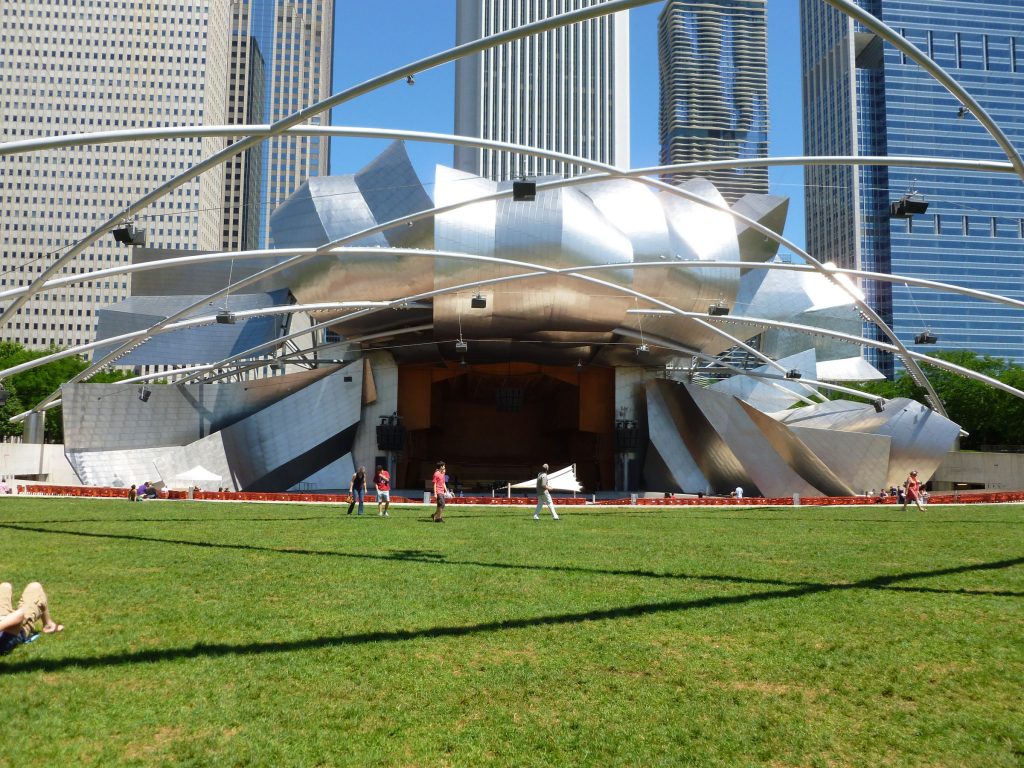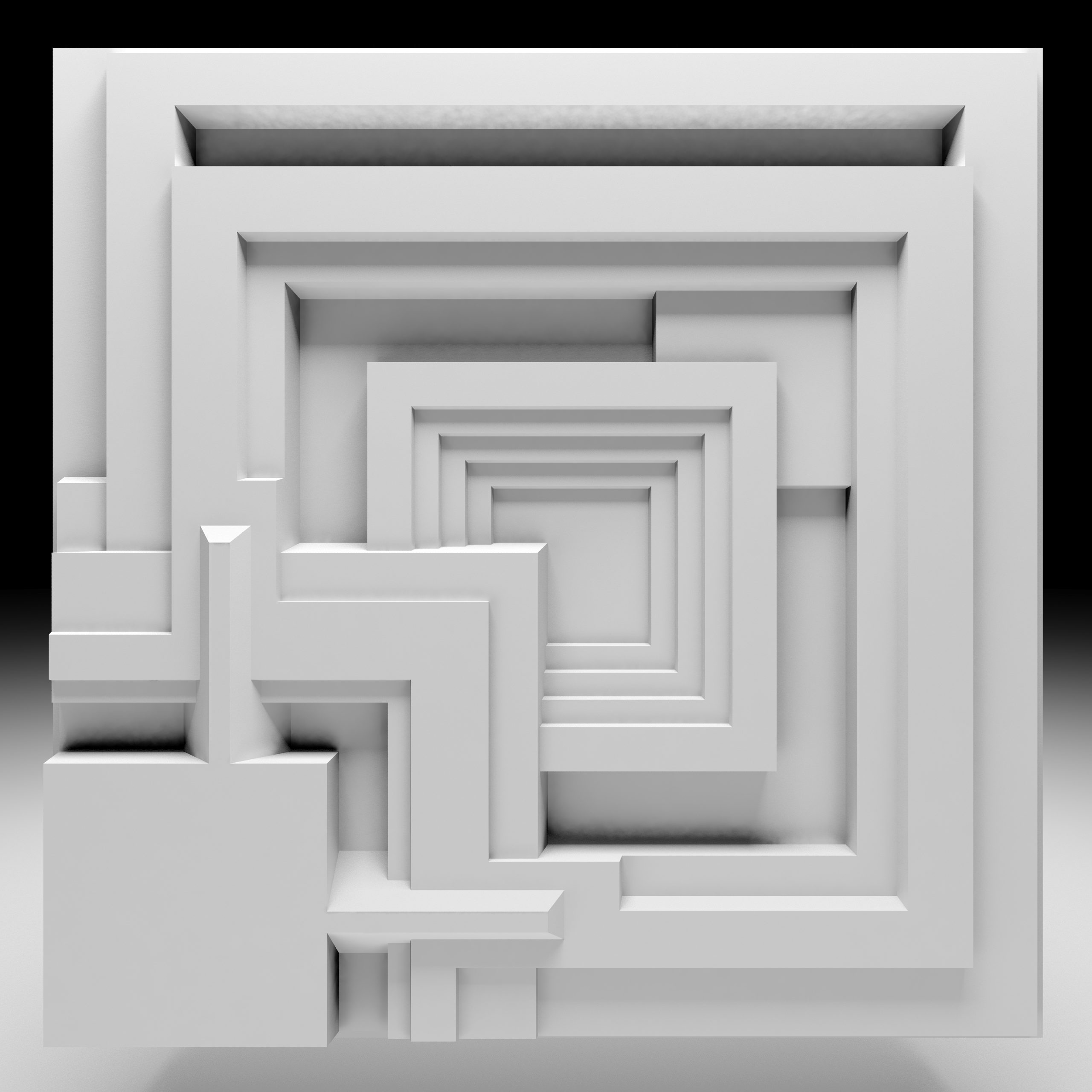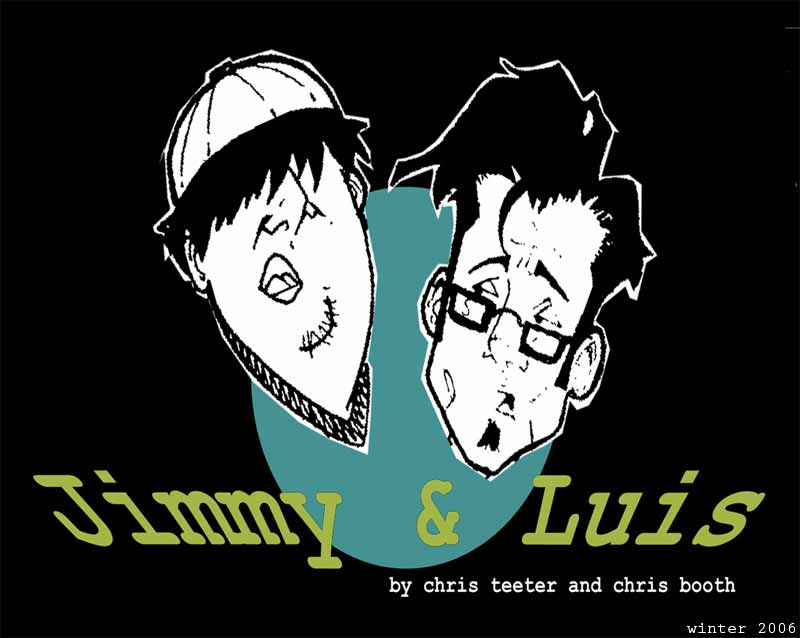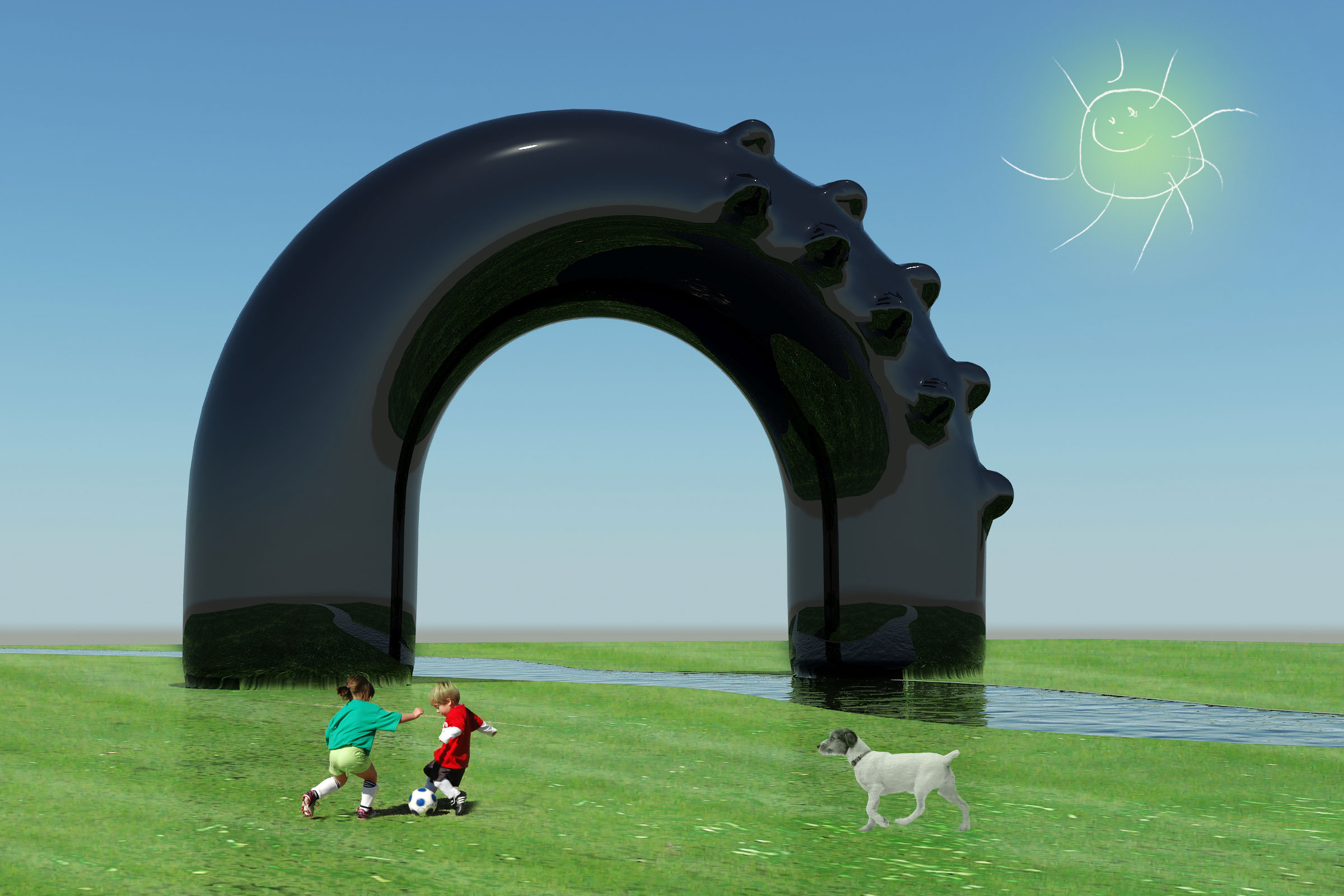
Inception, Design, Frank Gehry, Practice
Inception
The following discourse on memory, time, dreams, and design will reference a movie instead of available works by philosophers and psychologists so that we may avoid unnecessary references to written texts that no one these days has time to read or verify, unless of course you are a paid philosopher. This approach also allows me to make arguments in first person based on personal experience.
The main plot and theme of the recent movie Inception (starring Leonardo Decaprio) dealt with the possibility of entering other people’s dreams to plant an idea that the person dreaming would be convinced was of their own creation. Planting an idea in a dream is easier the deeper you go into someone’s dream (as per movie). Going deeper and deeper into a person’s dream and mind requires creating dreams within dreams. At each level (dream within a dream) time would ‘slow down’ based on the commonly understood and accepted feeling that dreams that may only last a few minutes in real awake life feel like hours or even days in the dream.
I agree with most of the movies explanations on the dream state except for the ‘slowing down’ of time concept, which really wasn’t explained that well other than at each level of dreams within dreams time slows down.
My simple counterpoint: Time does not slow down in a dream state. It’s not like you are moving at the speed of light when dreaming, so any relativity theory is pretty much irrelevant bad mis-thought analogies – garbage. Consciousness in dreams only occurs at intense moments creating memories and then consciousness ties the memories together to create the feeling of time lapsing. If you try to remember what you did yesterday from noon to dinner time you will only remember snapshots at best and not all of it (and if you could remember all of it you would waste about 6 hours of your life re-living yesterday), but because you were fully conscious between each collected intense moment stored as memory you were able to create a feeling that helped you define and gauge the time lapse. Tripping mushrooms seems to mess with this feeling. Memories in dreams are just instances of consciousness coming up and out of a sub-conscious states. Consciousness registers the virtual moments as memories even if the intense moment is an event that has never existed or can never be registered by the dreamer as having existed. As John Fogerty says in a Creeedence Clearwater Revival song “let me remember things I don’t know.” Dreams and imagination are faux memories, or intense moments of virtual experience remembered.
A dream memory can be as real as a real memory.
I have had dreams within dreams. I have died in dreams to either wake up or continue living in the dream world – assuring myself in the dream it was not real by merely thinking and therefore I must still be. I have had memories created in dreams strong enough to actually convince me when I awoke I actually did have a new car sitting in the driveway.
In the movie Inception the process of projecting your imagination into someone else’s dream causes the dreamer’s characters and environment to begin attacking the projector and ultimately collapsing the dream.
Which brings me to some interesting moments in my dreams where I do attempt to project a new reality in the dream just to have it usually surprise me or collapse into another storyline. By storyline I mean the end of one rational time lapse of consistent memories to a new lapse that as hard as I try can not be connected. For the last decade I have been trying to read pages in books in my dreams, just too usually become so conscious I wake-up and seemingly feel like I forgot something important.
A blog/half ass essay to come about prime numbers and sound frequencies is a direct result of reading some Iannis Xennakis, falling asleep while reading, dreaming a concept into my memory and awaking to quickly write it down so I wouldn’t forget.
So based on the movie Inception my consciousness is projecting against my sub-conscioiussness and my sub shuts me down. Wait who am I really then? I’m going to go with Satre on this one “For man to be able to question, he must be capable of being his own nothingness; that is, he can be at the origin of non-being in being only if his being – in himself and by himself – is paralyzed with nothingness. Thus transcendences of past and future appear in the temporal being of human reality.” (Being and Nothingness, p. 85, probably completely out of context…bad faith)…errr that one hurt my brain as I sat on a bench reading it outside one of those Chateaux’s in France.
(Note if you drink lots of Red Bull the vitamin B12 will increase dream intensity).
Design
This leads me to the process of design in architecture; naturally.
Working with all kinds of designers in my academic experience and professional experience has led me to believe that there are two extremes in the spectrum band of the design process.
The beginning of the spectrum is design-by-design as I will call it. This process involves copious amounts of research, then much documenting in diagrams, texts, sketches, and finally extracting via abstraction a concept. This concept then informs or creates the language the designer will speak as they further do research and documentation. This process is tedious and clinical. Frankly, it’s hard to make a living as an architect if you practice this way. But, design-by-design can be taught as it is well documented by those who practice this way. Design-by-design can be easily communicated. It can also be extremely boring and easy to deconstruct. It can lend itself to alternate methods of analysis based on fields exterior to architecture, such as linguistics and critical writing. We can and usually do get lost in the design-by-design alternate methods, almost to the point where we have forgotten about architecture – a matter/energy construct and not a virtual game of logics and linguistic constructs.
The other extreme is design-by-vision. I’m going to state with little academic scholarly support; the best architecture created always has some visionary created elements. This is where arriving at genius is easiest. One can arrive at genius the route of design-by-design, but that takes serious effort and dedication and years of study.
Architecture is mainly a visual ontological endeavor. Sure it’s tactile and audio sometimes, but ultimately the experience of architecture is best documented and remembered visually and viscerally. Visionary architecture requires moments likes the memories created in dreams, but while one is awake. In my academic years at Kansas I always felt the goal was to work the design-by-design route while you waited for that vision to appear – the moment when a memory is created that never existed. A memory that could be experienced like the spaces created in dreams. This moment would be the inspiration, the base concept that needed no explanation in studio jury, the idea a juror either liked or didn’t like. Inspiration can not be taught of course and therefore if your inspiration is not to your professors liking you will have to think of ways to justify it in your professor’s language and make them giddy about it somehow.
The problem I experience and I imagine most do as well unless your brain capacity for dreaming while awake is off the charts is most visions are like the memories in dreams, fairly incomplete. You need other visions and memories to help you tie the architecture together or you just need to go the design-by-design route and draw it out. Drawing is something even in the profession most avoid as it takes time, but inevitably finds the gaps in the vision or concept. Making money this way is hard in the current US market, you’re better off crossing your fingers hoping the contractor gets it right. Anyway, let’s agree visionary architecture gives design-by-design architecture that creative spark and design-by-design architecture helps complete the vision. In the movie Inception, Dicaprio would argue some design-by-design routines can be processed by your sub-consioussness faster than you can consciously be aware of them. So sometimes its worth waiting for your sub-consioussness to figure the design problem out for you. Go to a bar and have a drink or work on another project while you mull over the problem.
Having practiced architecture for about a decade now and having seen the inside and outside of standard construction, most my visions of architecture can be tied together fairly quickly and often it is a waste of my time and clients money to bother drawing since I know the fabricator speaks the same language and can via design-by-design complete the vision…..fingers crossed…so
Frank Gehry
Frank Gehry has surely been described as visionary somewhere (google it), but probably not in the sense I speak of. Whether his scribbles or sculptures render the vision or he envisions the architecture that’s something he only knows. Either way I have always felt his buildings (visited Guggenheim, Vitra, Walt Disney Concert Hall , and Millennium Park) were powerful visions on the exterior with incomplete interior spaces. Experiencing Gehry’s architecture is similar to experiencing architecture in a dream, but since it’s real you can go inside or walk to the back of the powerful silver swishes and check out what is going on behind the ‘scene’. If Gehry was the architect in Inception, everything would be intense and incomplete. The front would catch your eye and the back would intrigue you and invite you to explore the design-by-design logic required to support his vision.
Frank Gerry’s Millennium Park in Chicago manages to create the vision and show off the design-by-design. A dream you can check out. Unlike the museums and music halls I have visited the Millennium Park only needs one side and thus further exaggerates the intense vision and incompleteness of this vision by Gehry. The logic developed to support the vision is for me more interesting than the Gehry vision. The design methods required to create Gehry’s vision have actually pushed the envelope more than any intentionally technical architecture has.
Practice
Perhaps the most fun one can have practicing architecture is doing the tedious and critical work of fleshing out the vision. I imagine most architects would like to spend a lot more time working the vision through, but this is hard to bill as most clients think the vision is all that there is and they don’t understand why its necessary to make sure everything ‘works’. As cheesy as this conclusion to this rambling can be, its pretty much accurate – most clients are dreaming and architects get stuck completing the dream just to have their own projections collapse the dream most the time, but occasionally Inception occurs.
(I am laughing at myself, but that’s where this process of vision and design-by-design can lead…)
Rem Koolhaas is probably really good at Inception.









This Post Has 0 Comments